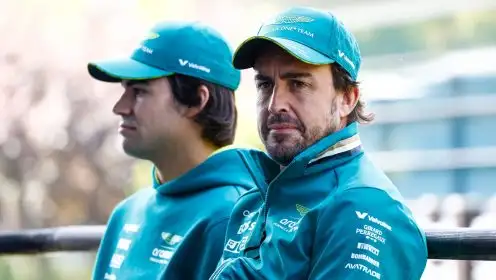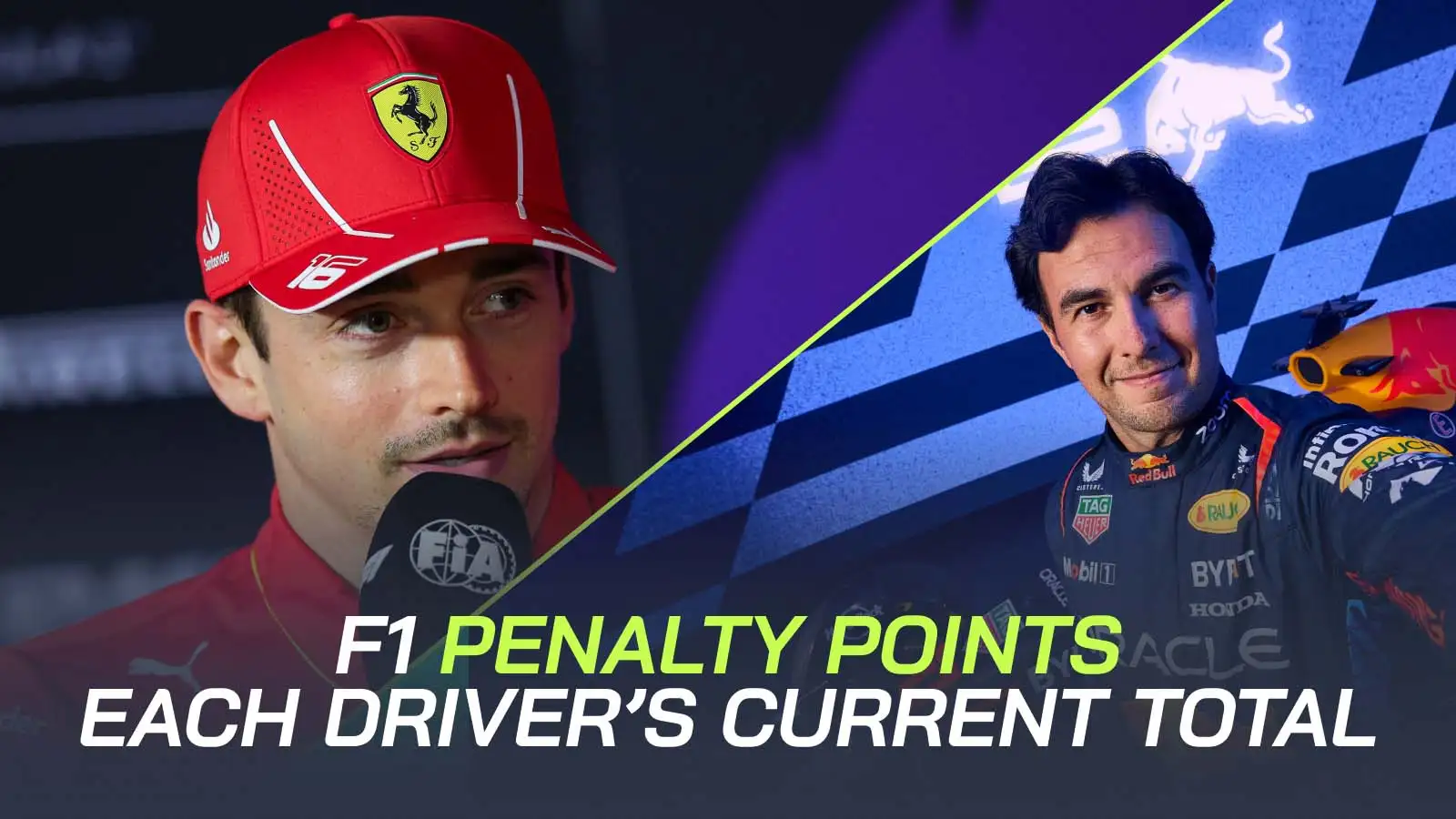Japan GP data uncovered: McLaren’s crucial error and Fernando Alonso’s smart tactics

With plenty of overtakes, Suzuka was a battle of strategy and even though Max Verstappen won again, there were some interesting battles down the field.
Our resident data expert Pablo Hidalgo has helped us crunch the numbers to give you the story of the race.
Teams faced a substantial swing in temperature from quali to the race
Additional reporting by Pablo Hidalgo
The first challenge for the teams to face was the air temperature which was 3ºC higher during the race than it was in quali.
This led to an increase of more than 10ºC on track and therefore, a more difficult task when it came to preserving tyres.

Red Bull a class apart as predicted by quali data
For any of you who read our quali data debrief, you will have read us predicting a fairly comfortable time in Suzuka for Red Bull and the data backs that up.
By almost every metric, Red Bull were ahead of their opponents with Verstappen quicker than Perez in every stint.
In terms of the chasing pack, the only time a non-Red Bull car was consistently lapping quicker than the Red Bull duo came during the last stint, when Sainz was in the chase for the podium while Perez and Verstappen managed the gap.


But overall, Verstappen and Perez were a step ahead.
The Dutchman in particular was in his usual all-conquering form. The only time he surrendered the lead was during a pit stop but other than that, he was P1 for the whole race.
Perez had a more interesting race, having to fight his way through the field after a stop but he spent more time in P2 than any other driver.


McLaren’s crucial error which may have cost Lando Norris a podium
Even though Charles Leclerc never looked in serious contention for a podium, his presence on the track may well have stopped Lando Norris battling for it.
Norris first stint with the medium was quite solid and was already looking as a clear contender for the P3.
He pitted very early on lap 11 for a new hard tyre and that allowed him to undercut Sainz but the Ferrari driver did the opposite and stretched the pit window for the medium until lap 16.
This gave Sainz a four-lap advantage on a medium tyre against Norris’ hard but it was Leclerc that made the difference. Leclerc used the same strategy as Sainz but taking it to the extreme: having more advantage than both by only doing a one-stop.


Leclerc lost time to both because of wear and tyre managing and on lap 26, Sainz and Norris were fighting for position when they caught Leclerc. At this moment, McLaren decided to pit Norris again and that was where they made their mistake.
The error was pitting him at the same time as Leclerc, which not only made him lose a position due to calling him in behind the Ferrari but also by pitting him too early with only 14 laps on the hard tyre. They had to wait for a cliff in lap time in Sainz’s medium to have the tyre advantage at the end.
An explanation behind the move was McLaren perhaps did not expect that Sainz could push and manage the medium compound for 10 more laps at around 1:37.0.
Ferrari played their cards brilliantly because even though Sainz lost time to Leclerc and Norris by stretching the medium, he then came out with 10 laps fresher hard tyres that eventually gave him the upper hand to overtake easily on track.
Fernando Alonso’s smart DRS ploy
Fernando Alonso may have taken inspiration from his fellow Spaniard Calros Sainz as he used his opponents to his own benefit.
As we saw with Sainz in Singapore last season, Alonso slowed down to allow Oscar Piastri to get within DRS range in order to prevent the quicker George Russell behind from attacking Alonso.
While Alonso got in trouble for slowing down last time out in Melbourne, his decision to do so this time was not dangerous and so was a clever bit of racing by the two-time World Champion.



Alonso’s first stint with the soft was very solid and lasted longer than expected despite the high degradation on track, which already gave him the upper hand against Russell in the first stages of the race.
Russell’s second stint made him gain some lost time and was quite a good one but it was not enough to reduce the small gap that denied him that P6.
Another important event that denied him the P6 was taking too long to overtake Piastri and this was purely because Alonso intentionally helped the Australian to stay inside his DRS zone so that he could defend from Russell.
Comparing fuel-corrected stints
Using the data, we have fuel-corrected each lap to give us the ability to compare stints at different portions in the race which has given us some interesting takeaways.
Only Alonso inside the fight of the top five teams made use of the soft compound and his good pace and management put his AMR24 in a much better position than what the car deserves, even though it was competitive this weekend.
McLaren and Mercedes’ bigger slope is not because of higher tyre wear in the long term. They had higher wear because they used the medium as a push tyre at the beginning and at the end of the race, respectively.
Ferrari had much better management and degradation than the Red Bull which showed great driving from Sainz and Leclerc with this tyre.
Mercedes had a very high tyre wear on the hard compared to their main competitors. Ferrari and McLaren were slightly better than Red Bull and Aston Martin managing the hard compound.




Comparing drivers stints and ability to manage tyres
Another graph we can show you demonstrates how well drivers were able to both manage their tyres but also put in competitive lap times.
Within the chart, we have a black line inside the boxes indicating the median lap time,while how big or small a box is represents how consistent a driver has been during the race, as each box represents how many laps were inside the 75% interquartile range.

Read next: Japanese Grand Prix conclusions: The Red Bull effect, Ricciardo’s last chance and more





